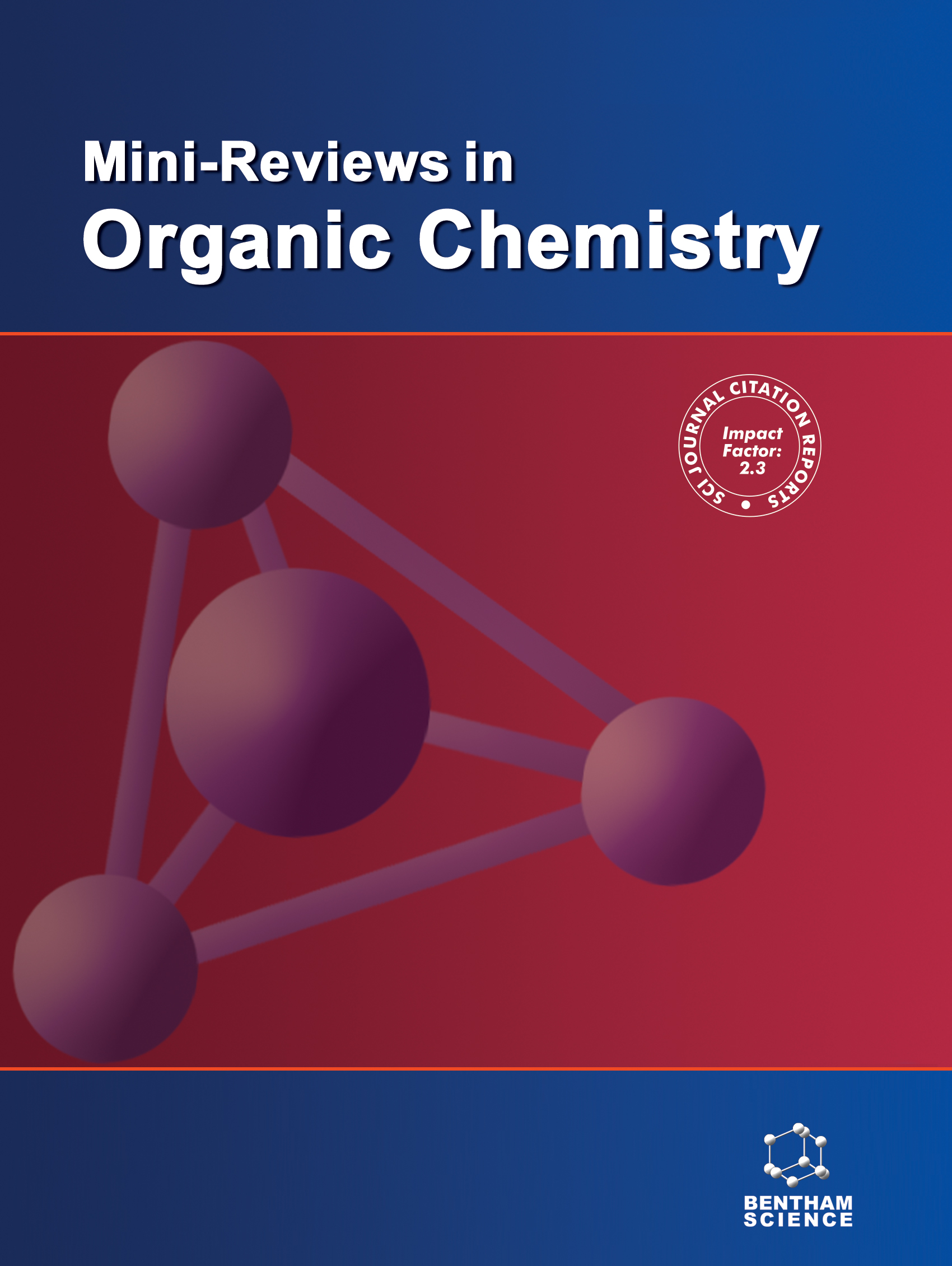
Full text loading...
We use cookies to track usage and preferences.I Understand
It is known that flotation is the main method of extracting non-ferrous metals. The need of modern society for precious metals is constantly growing, and deposits of easily reversible ores are being depleted. Therefore, the improvement of the reagent regime and the search for new flotation reagents is an urgent task. We analyzed the literature data on the synthesis and use of common collectors such as xanthates and dithiocarbamates. Particular importance is given to recent progress in the functionalization of xanthates and dithiocarbamates, their selective characteristics and flotation mechanisms. Progress in the field of flotation can be made in the use of new effective reagents and their combinations, as well as in the modification of already known collectors. The generalization of the material in this review will help in the development of this area. The mini-review summarizes the syntheses of collectors such as xanthates and dithiocarbamates with the increased selective properties in the flotation process of non-ferrous metals. Furthermore, this review provides an analysis of the developments in these studies, especially highlighting recent progress in the functionalization of xanthates and dithiocarbamates, their selective characteristics and flotation mechanisms.

Article metrics loading...

Full text loading...
References


Data & Media loading...

